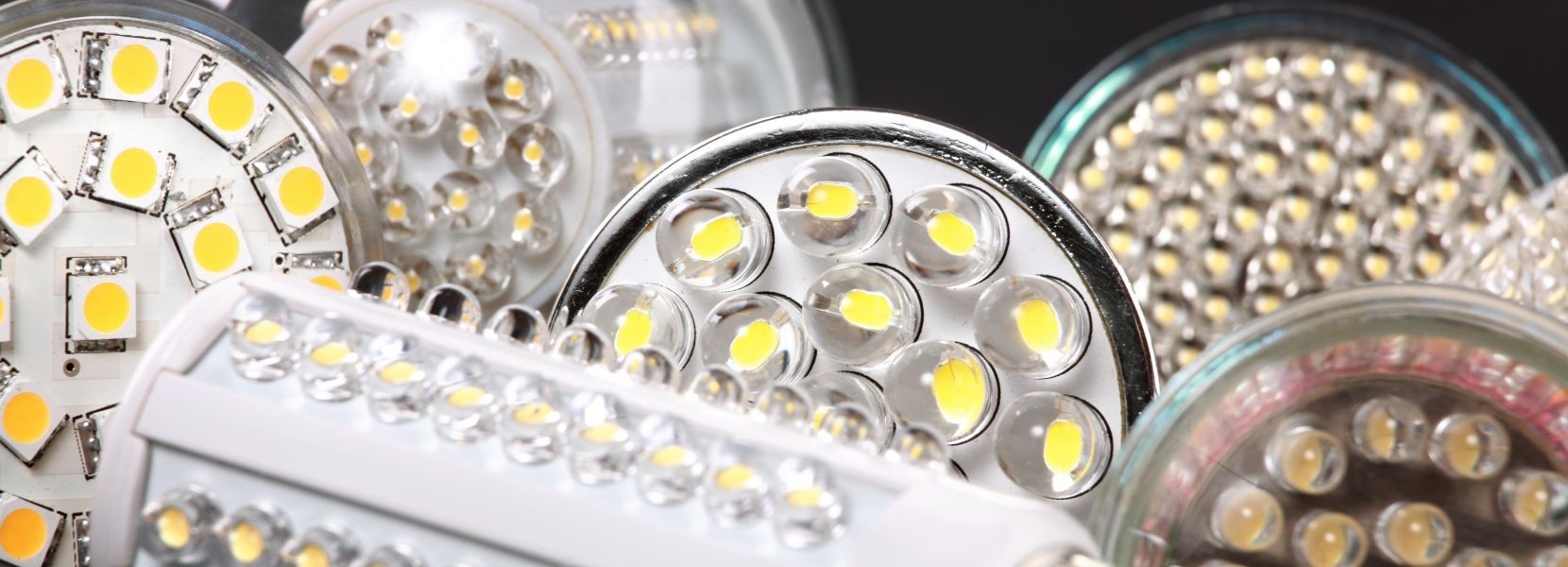
Understanding how Light Emitting Diodes work
The 1962 invention saves us a lot of energy
 Light Emitting Diodes (LEDs) have recently revolutionized our world. While they were invented several decades ago, people were only using them as light indicators back then. However, researchers have been able to build much more powerful LEDs, and now these luminescent diodes can comfortably illuminate our homes, while preserving the planet and saving us a lot of money.
Light Emitting Diodes (LEDs) have recently revolutionized our world. While they were invented several decades ago, people were only using them as light indicators back then. However, researchers have been able to build much more powerful LEDs, and now these luminescent diodes can comfortably illuminate our homes, while preserving the planet and saving us a lot of money.
Unlike incandescent bulbs, LEDs don't use filaments; they emit light because electrons move in the semiconductor (a diode) that's got a difference of potential applied to its terminals. Most light emitting diodes are built using an alloy of aluminum, gallium and arsenide. That's a very stable chemical formula, so there aren't too many "free" electrons, which can move around. To change that (and thus help LEDs produce a much brighter light) the semiconductor is doped using atoms from another material; due to this, the formula becomes unstable, and thus the number of free electrons increases a lot.
But wouldn't that make LEDs generate light on their own? Sadly, the answer is negative; despite what you've read on the Internet, there aren't any "free energy generators" out there. The free electrons will fill the holes in the material, creating a "depletion" zone, which is similar with the "no man's land" territory in a war, if you will. The end result is a barrier which prevents the free electrons from filling more holes in the material, so LEDs can't emit light on their own.
Things change when the negative section of the semiconductor is connected to the negative pole of a battery and the positive section to the positive pole, though. The electrons will start to move vigorously, passing through the depletion zone, which will disappear for as long as the battery is connected to the two poles of the light emitting diode.
As electrons jump from higher orbitals to lower ones, they lose energy, so photons - particles that generate light - are released. While any diode generates photons when it is powered by an energy source, the material that's used for the semiconductor will dictate the color of the emitted light. Some diodes generate infrared "light", which can't be detected by the human eye, for example. Still, these LEDs are perfect for surveillance systems, and so on.
Researchers have discovered that the smaller the gaps in the semiconductor, the higher the light frequency. By using this material property, engineers have managed to created light emitting diodes that can generate infrared light waves, as well as LEDs that cover the entire visible spectrum and even reach ultraviolet.
LEDs last much longer than incandescent lightbulbs. Unlike them, they don't have a filament that will burn out, so they can run for up to 50,000 hours. By the way, did you know that incandescent lamps used to last for up to 2,500 hours, but The Phoebus Cartel, which included some of the world's biggest lightbulb manufacturers, managed to reduce the standard life expectancy of a lightbulb to only 1,000 hours? Hopefully, light emitting diodes won't share a similar fate...
In the end, the key advantage of LEDs is their efficiency. With standard lightbulbs, a lot of energy is converted into heat, because the filament operates at a temperature of about 4600 degrees Fahrenheit. So, if you don't plan to use an incandescent light source as a heater, an LED is a much better option. Most light emitting diodes will produce 50-100 lumens per watt, a value that's 3...5 times bigger than what can be achieved with a regular lightbulb.
LEDs continue to be quite expensive, but they have become much more affordable during the past few years. In addition to this, their huge lifetime recommends them on the long run. Home users and companies will appreciate the reduced electricity costs as well, of course.